Boost Your Lumber Bids – Request a Precision Estimate!
- Accurancy
- Efficiency
- Transparency
- Customization
- Time Saving
- Professionalism
- Cost Control
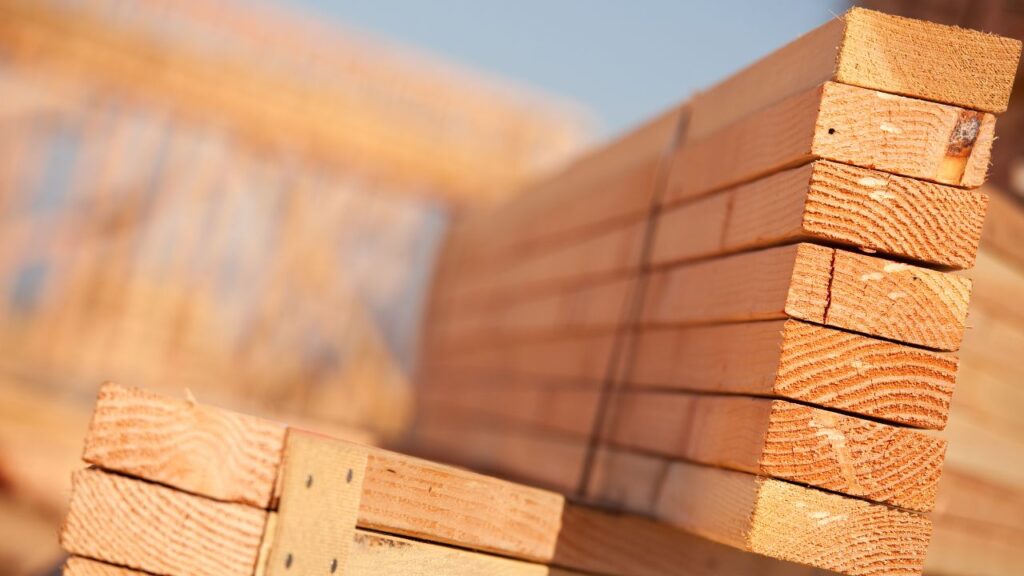
Building a townhouse involves meticulous planning, and one crucial aspect is estimating the cost of lumber. Lumber is a fundamental material in construction, serving as the backbone for framing, flooring, and various structural elements. Accurately estimating lumber costs is essential for budgeting and ensuring a successful and cost-effective townhouse construction project. In this guide, we will explore key factors and steps to help you develop an effective lumber cost estimate.
In the realm of townhouse construction, choosing the right type and grade of lumber is pivotal for the success of the project. Construction-grade lumber, often used for framing purposes, is sturdy and cost-effective. However, for finishing touches or decking, a higher-grade, more aesthetically pleasing lumber might be necessary. Understanding the distinctions in lumber types and grades allows for a tailored approach, ensuring that each component of the townhouse receives the most suitable material for its intended purpose. This not only contributes to the structural integrity of the building but also influences the overall aesthetic appeal.
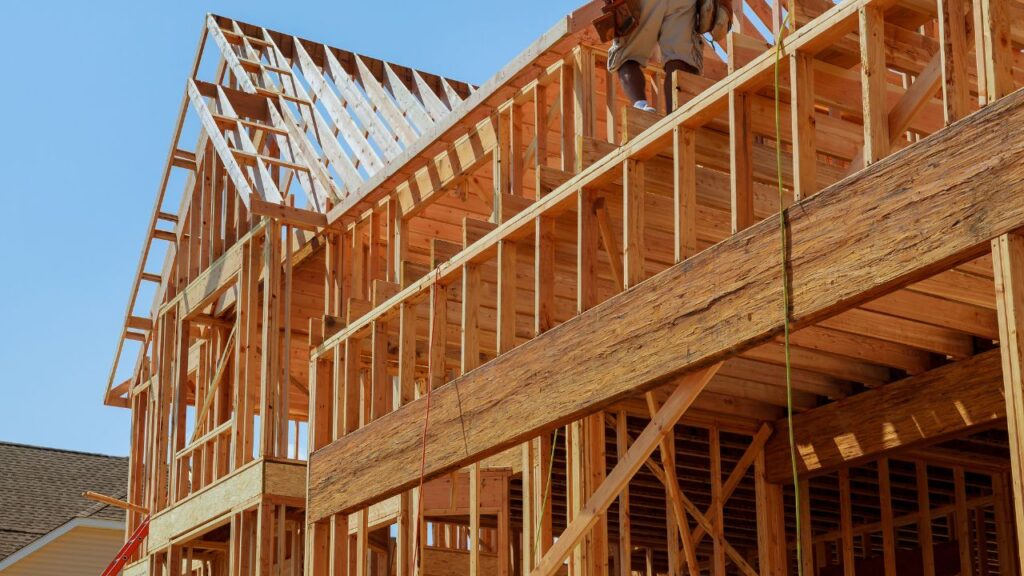
The dimensions of the lumber you select play a crucial role in both the structural stability and the overall cost of your townhouse construction. Careful consideration of length, width, and thickness is essential, as these factors directly impact the amount of material required. Opting for the appropriate sizes ensures efficiency in construction, minimizing waste and optimizing cost-effectiveness. Additionally, understanding the load-bearing requirements and structural specifications of your townhouse aids in selecting the right dimensions for each application, contributing to the longevity and resilience of the structure.
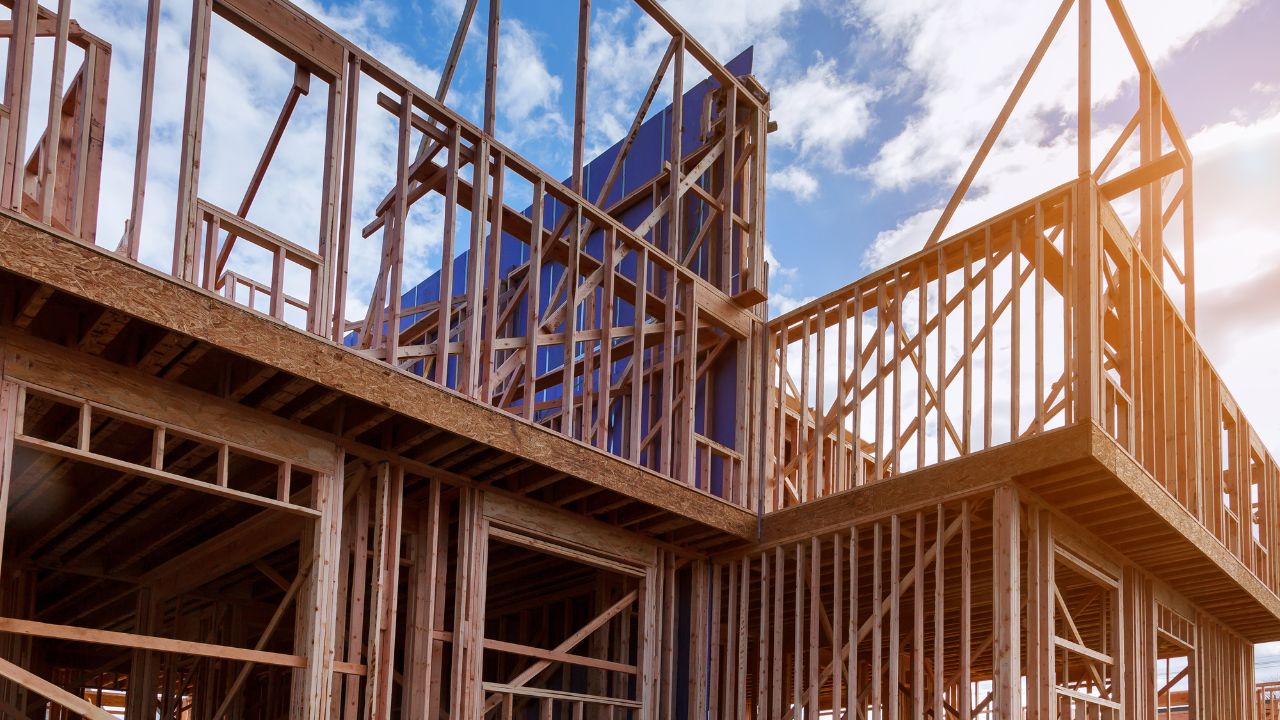
Fully Insured Licensed Hire a Contractor For Lumber Framing Installation
Hire Contractor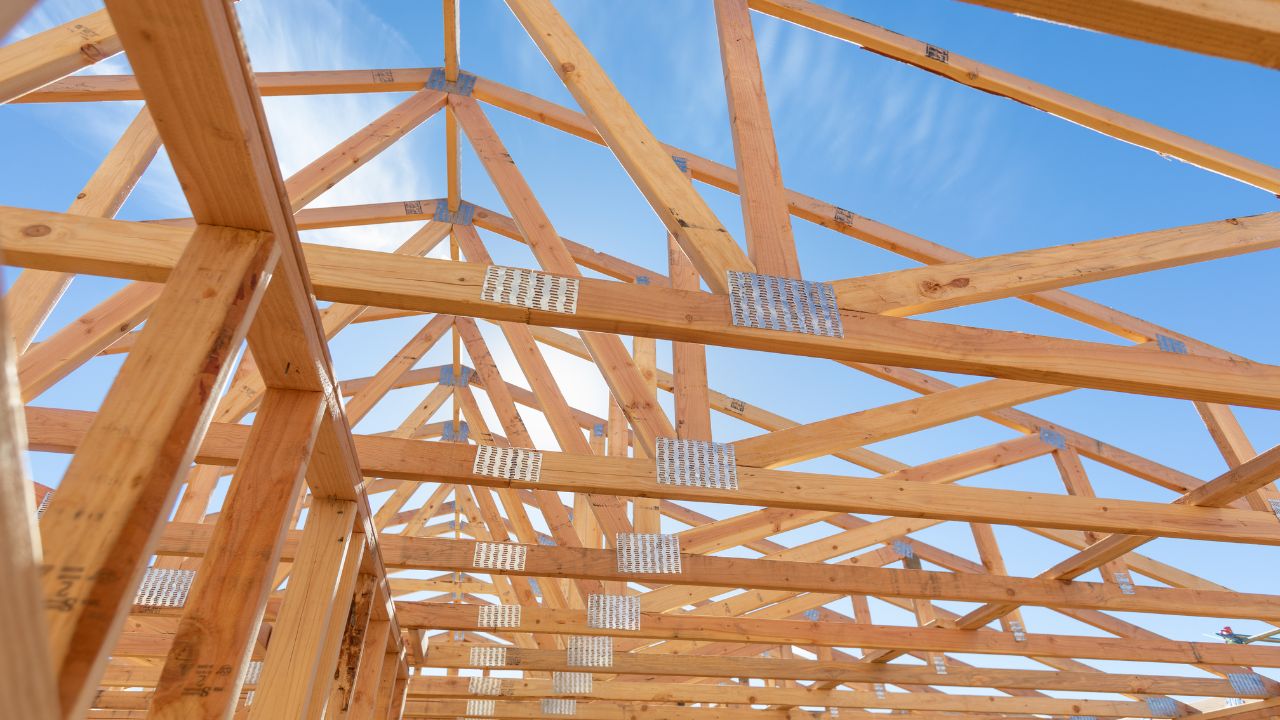
Make Informed Design Decisions Showcase Your Design Ideas
Get RenderingThe choice of wood species holds profound implications for both the visual aesthetics and the financial aspect of your townhouse construction project. Common options like pine, spruce, fir, cedar, and redwood each possess distinct characteristics, ranging from grain patterns to natural resistance to decay. Balancing these traits with budget constraints is crucial. While a high-end project might benefit from the luxurious appeal of redwood, a more cost-effective construction could find practicality in the durability of fir or cedar. Understanding the unique qualities of each wood species empowers decision-makers to make informed choices that align with both the project’s vision and financial plan.
The dynamic nature of lumber prices demands vigilant attention to market conditions throughout the planning and execution of a townhouse construction project. Fluctuations influenced by supply and demand, economic conditions, and global events can have a significant impact on the overall cost of lumber. Staying informed about market trends allows for strategic decision-making, such as purchasing lumber during favorable market conditions. Regular updates and a proactive approach to market analysis help ensure that your cost estimates remain realistic and reflective of the current economic landscape.
Accurate quantification of the required lumber and consideration of waste due to cutting and shaping are pivotal steps in the budgeting process. Overestimating can lead to unnecessary expenses, while underestimating may result in delays and additional costs. By meticulously calculating the quantity of lumber needed for each aspect of townhouse construction and factoring in waste, project managers can create a budget that is not only precise but also adaptable to unforeseen challenges. This approach safeguards against potential budgetary issues, fostering a smoother and more cost-effective construction process.
As per the latest estimates reported in the National Association of Home Builders’ online newsletter, Eye on Housing, the continuous upward trend in softwood lumber prices over the past 12 months has significantly impacted the cost of new homes.
Specifically, the latest figures indicate an increase of $43,046 in the price of an average new single-family home. In parallel, the market value of an average new multifamily home has surged by $15,559, representing.
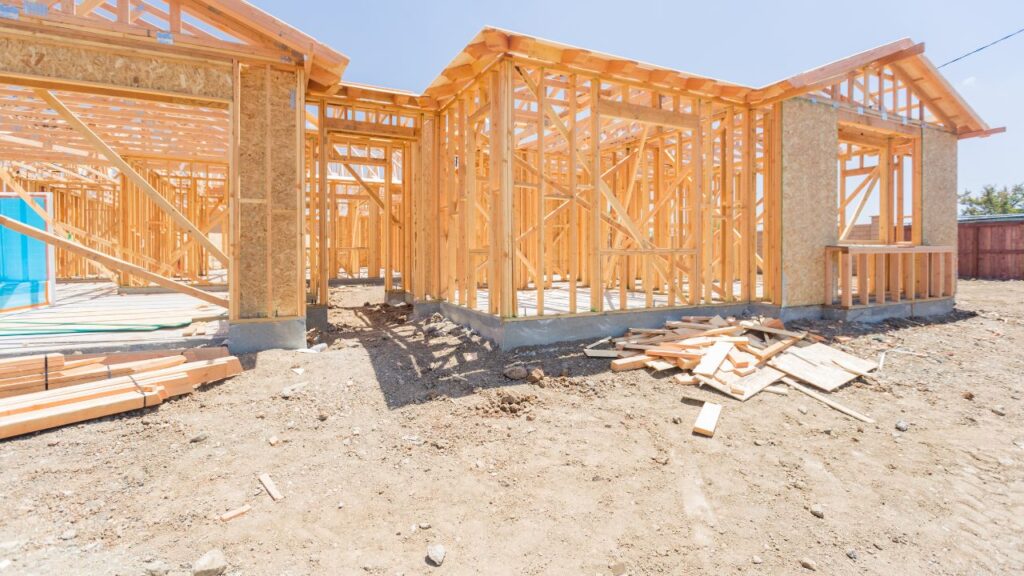
Given that the majority of new multifamily homes are primarily constructed for rental purposes, the elevated market value of $15,559 translates into an augmented annual rental income of $1,711 . This implies that tenants are now facing a monthly rent increase of $142, a attributed to the surge in lumber prices over the past year, as highlighted by Eye on Housing. The amplification of these cost estimates underscores the pervasive impact of lumber price fluctuations on both the housing market and the rental sector.
Begin by developing a detailed project plan that outlines the specific lumber requirements for each phase of townhouse construction. Clearly define the areas where lumber will be used, such as framing, flooring, and decking. A well-thought-out plan serves as the foundation for accurate cost estimation.

Stay informed about market trends and fluctuations in lumber prices. Regularly research and obtain quotes from local lumber suppliers to ensure that your estimates are based on current market conditions. Comparing prices from different suppliers can also help identify cost-effective options without compromising on quality.
Carefully consider the dimensions of the lumber needed for each aspect of construction. Optimize the sizes of length, width, and thickness to minimize waste and maximize efficiency. Selecting the appropriate dimensions for framing, flooring, and other components is crucial for managing costs effectively.
Choose the wood species wisely by balancing project requirements with budget constraints. Different wood species offer varying levels of durability, aesthetic appeal, and resistance to decay. Understanding the unique characteristics of each species allows for informed decisions that align with both the project vision and financial goals.
Precision in estimating the quantity of lumber required is essential to avoid overestimation or underestimation. Factor in waste due to cutting and shaping during the estimation process. Accurate quantity estimation ensures that you purchase the right amount of lumber, preventing unnecessary expenses and project delays.

Fully Insured Licensed Hire a Contractor For Lumber Framing Installation
Hire Contractor
Make Informed Design Decisions Showcase Your Design Ideas
Get RenderingIn conclusion, estimating lumber costs for townhouse construction is a multifaceted process that involves considering various factors such as lumber types, dimensions, wood species, market conditions, and waste management. The dynamic nature of lumber prices necessitates vigilant monitoring of market trends, allowing for strategic decision-making to optimize cost-effectiveness. Thorough project planning, careful selection of lumber dimensions and species based on budget constraints, and accurate quantity estimation are crucial strategies for managing costs effectively. The recent surge in softwood lumber prices, as reported by the National Association of Home Builders, highlights the impact on overall construction costs and rental incomes. By implementing cost-saving strategies, such as optimizing lumber dimensions and selecting suitable wood species, project managers can navigate challenges and ensure a smoother, more cost-effective construction process.
Accurate lumber cost estimation is crucial because lumber forms the backbone of construction, impacting structural integrity and overall project costs. Precise estimates help in effective budgeting, preventing unnecessary expenses and ensuring a successful and cost-effective construction process.
The choice of lumber types and grades is pivotal in determining costs. Construction-grade lumber, often used for framing, is cost-effective, while higher-grade lumber may be necessary for finishing touches. Understanding these distinctions ensures that each aspect of the townhouse receives suitable material, impacting both structural integrity and aesthetic appeal.
Careful consideration of lumber dimensions, including length, width, and thickness, is essential. Optimizing these dimensions minimizes waste and maximizes efficiency in construction, leading to cost savings. It also ensures that the selected dimensions align with structural requirements, contributing to the longevity and resilience of the townhouse.
Market conditions, influenced by factors like supply and demand, economic conditions, and global events, significantly impact lumber prices. Staying informed about market trends allows for strategic decision-making, such as purchasing lumber during favorable conditions. Regular updates and proactive market analysis help ensure that lumber cost estimates remain realistic and reflective of the current economic landscape.
Accurate quantity estimation and waste management are pivotal in preventing budgetary issues. Overestimating or underestimating lumber quantities can lead to unnecessary expenses or project delays. Meticulous calculation of the quantity needed, considering waste due to cutting and shaping, ensures a precise budget that is adaptable to unforeseen challenges, safeguarding against potential budget issues.
Here I am going to share some steps to get a Townhouse Lumber Cost estimate report.
You can send us your plan on info@estimatorflorida.com
Before starting your project, we send you a quote for your service. That quote will have detailed information about your project. Here you will get information about the size, difficulty, complexity and bid date when determining pricing.
Our team will takeoff and estimate your project. When we deliver you’ll receive a PDF and an Excel file of your estimate. We can also offer construction lead generation services for the jobs you’d like to pursue further.



561-530-2845
info@estimatorflorida.com
Address
5245 Wiles Rd Apt 3-102 St. Pete Beach, FL 33073 United States
561-530-2845
info@estimatorflorida.com
Address
5245 Wiles Rd Apt 3-102 St. Pete Beach, FL 33073 United States
All copyright © Reserved | Designed By V Marketing Media | Disclaimer